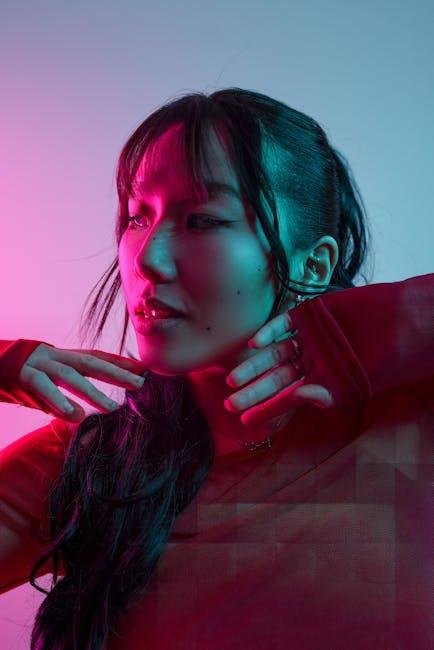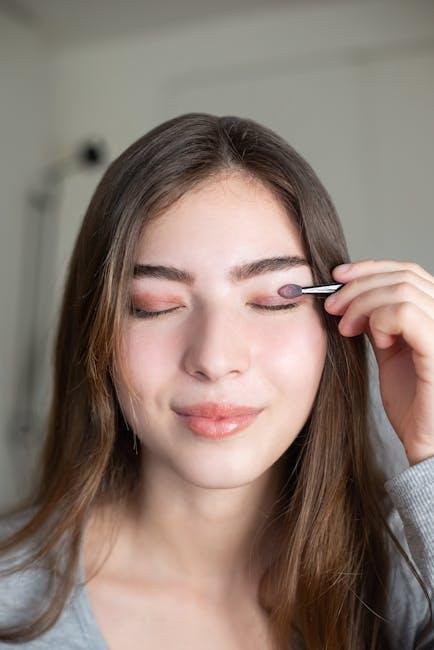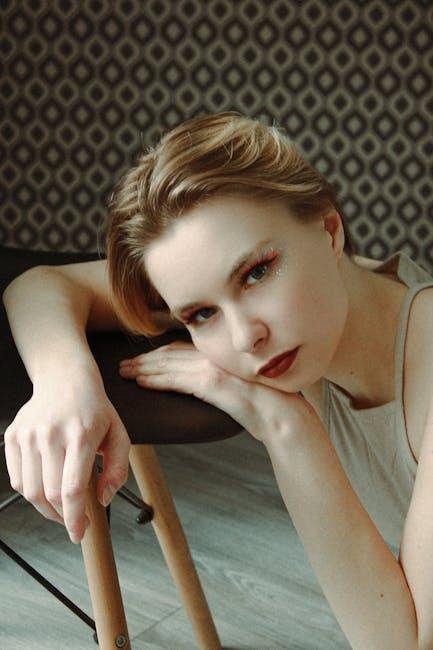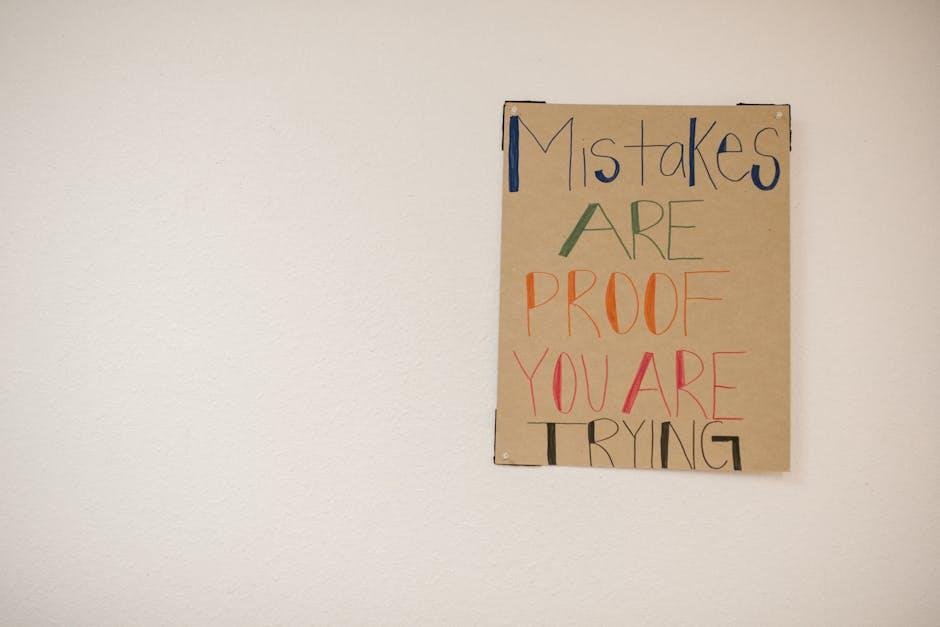How to Blend Eyeshadow Seamlessly: Mastering the Art of Flawless Submission
In the world of makeup, eyeshadow can be both a playground and a puzzle—offering endless possibilities for creativity yet frequently enough challenging us with its intricate application techniques. The key to transforming a mere swipe of color into a breathtaking masterpiece lies in the delicate art of blending. Seamless eyeshadow blending not only enhances the depth and dimension of your look but also elevates your makeup game to new heights. Whether you’re a novice eager to explore the vibrant hues of your palette or a seasoned artist seeking to refine your technique, this guide will equip you with essential tips and insights. Join us as we uncover the secrets to achieving that coveted, soft-focus finish that brings your eye makeup to life, ensuring every shade transitions smoothly into the next—like a canvas waiting for its final strokes.
Understanding the Art of Color Theory for Perfect Blending
To achieve a seamless eyeshadow blend, it is essential to grasp the nuances of color theory. This involves understanding how colors interact and complement one another. Utilizing the color wheel as a reference, one can identify complementary colors, which are opposite each other on the wheel and can create striking contrasts when layered. Similarly,analogous colors,which sit next to each other,can evoke harmony and depth when blended together. Here are some foundational concepts to consider:
- Warm versus Cool Tones: Warm tones (like reds and yellows) make for vibrant and inviting looks, whereas cool tones (such as blues and greens) deliver a soothing effect.
- Matching Shades: Layering different shades of the same color can create a beautifully blended gradient for more impactful eye makeup.
- Highlighting and Shading: Using lighter colors for highlights and darker shades for depths enhances dimension.
The right tools and techniques also play a crucial role in effective blending. Different brush types can make a meaningful difference in how colors meld together on the eyelid. As an example, a fluffy blending brush is excellent for soft transitions, while a denser brush can pack color with precision. Here’s a simple table summarizing ideal brush types for blending:
| Brush Type | Use |
|---|---|
| Fluffy Blending Brush | For softening edges and achieving seamless transitions. |
| Flat Shader Brush | for packing color on the eyelid with precision. |
| Small Detail Brush | For precise applications in the crease and corners. |

Essential Tools and Techniques for a Flawless Eyeshadow Finish
To achieve a flawless eyeshadow finish,having the right tools is paramount. Investing in high-quality brushes is a game changer; each brush serves a unique purpose for blending, packing, or defining color. Consider using:
- Fluffy Blending Brush: Perfect for diffusing color and creating soft transitions.
- Flat Shader Brush: Ideal for packing on color onto the eyelid.
- Pencil Brush: Excellent for detailed work in the crease or for highlighting.
- Angled Brush: Great for adding precision to eyeliner or defining the brow bone.
In addition to the right tools,mastering various techniques is essential for seamless blending. start by using a matte transition shade in the crease to create depth. Gradually layer your shadows,blending with gentle circular motions to avoid harsh lines. Combine these methods:
- tap and Roll: Tap off excess product and roll your brush to blend without moving too much pigment.
- Windshield Wiper Motion: For the crease,gently sweep your brush back and forth.
- Layer and Pat: Build color intensity by layering shades and patting them onto the lid.
| Tool/Technique | Purpose |
|---|---|
| Fluffy Blending Brush | Softens edges for smooth transitions. |
| flat Shader Brush | Packs color onto the eyelid. |
| Pencil Brush | Perfect for detailing and precision. |
| Angled brush | adds definition to eyes and brows. |

Crafting Dimension: Layering and Transitioning Shades Effectively
To master the art of blending eyeshadow, it’s crucial to understand layering techniques and how different shades can interact harmoniously. Start with a neutral base shade that matches your skin tone; this will provide a smooth canvas for the colors that follow. Next, choose two or three shades in varying depths and undertones to create depth and dimension. When applying the first color, use a fluffy brush to deposit product on the eyelid in a sweeping motion, ensuring even coverage. Gradually build up the intensity by layering more product and using a clean brush to blend out any harsh edges, which is essential in achieving that seamless finish.
Transitioning between shades is where the magic happens. Aim for a gradient effect by selecting a medium shade that can act as a bridge between your light and dark colors. To enhance this transition, consider the following tips:
- Blend with Light Hand: Avoid heavy pressure to allow colors to meld naturally.
- Use the Right Brush: Pair each shade with a brush suited for blending—fluffy for larger areas and smaller for detail.
- Tap Off Excess: Always tap your brush to avoid fallout and maintain control.
The final touch involves layering shimmer or metallic shades on the lids to add luminosity, contrasting beautifully with matte transitions. A little goes a long way; apply directly in the center of the eyelid and blend outwards for a captivating look.

Common Blending Mistakes to Avoid for a Polished Look
Achieving a flawless eyeshadow blend can sometimes be hindered by common pitfalls that are easy to overlook. One major mistake is applying too much product in one go, which can lead to a patchy finish.Instead, aim to build your shades gradually. Feathering your colors in light layers allows for greater control and smoother transitions. furthermore, neglecting the use of proper tools can compromise your blending efforts. Investing in high-quality brushes specifically designed for blending can make a world of difference. It’s essential to use a combination of brushes—fluffy ones for large areas and smaller, denser brushes for precise detailing.
Another prevalent error is failing to consider the texture and finish of the eyeshadow. Matte, shimmer, and satin finishes all blend differently, and mixing them without a thoughtful approach can disrupt the overall harmony of your eye look. When working with different textures, make sure to use specific techniques for each. As an example, pressing and “patting” are effective for shimmers, while circular motions work wonders for matte shadows. Lastly, don’t forget about the importance of a clean canvas; always prep your eyelids with an eyeshadow primer to ensure longevity and vibrancy, helping to avoid the dreaded crease that can ruin an or else beautiful application.
The Way Forward
As we draw the curtain on our exploration of seamless eyeshadow blending, remember that the art of makeup is not merely about the products you choose, but the techniques you master. With practice, patience, and a pinch of creativity, you can transform your eyelids into canvases of color that reflect your unique style.Embrace the journey; each stroke of your brush brings you closer to makeup mastery. So, equip yourself with these tips, let your imagination run wild, and don’t forget: the perfect blend is just a swipe away. Happy blending!
